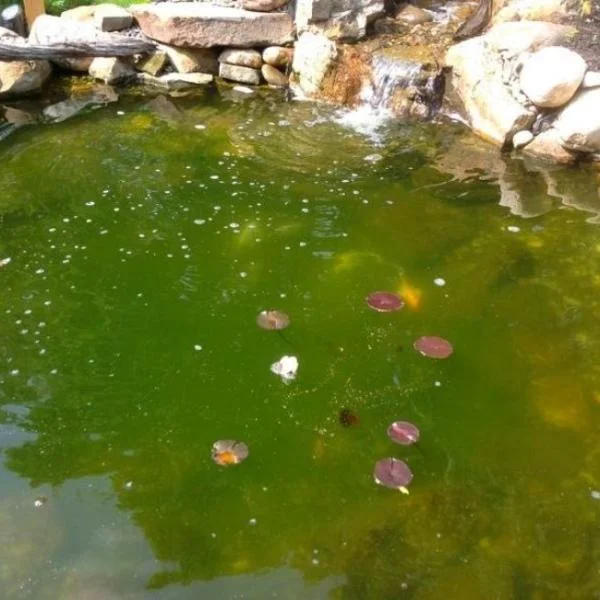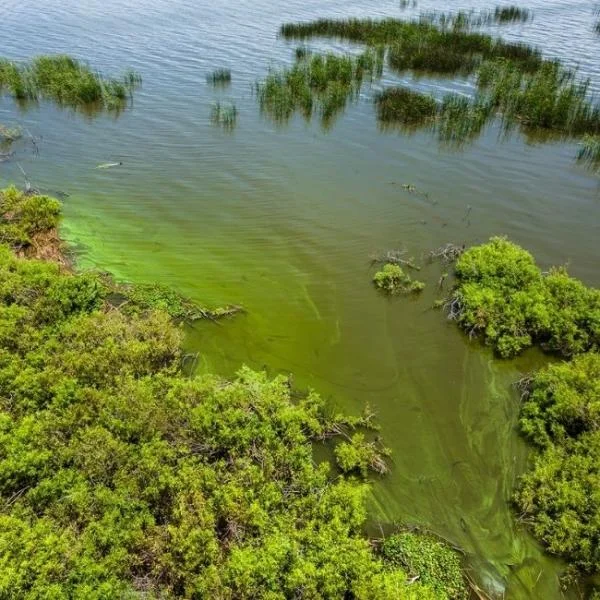
In this comprehensive guide, we'll explore the importance of water changes, how to determine the optimal frequency and volume, and provide a step-by-step walkthrough to ensure you're performing water changes properly. By the end, you'll have the knowledge and confidence to keep your fish, plants, and overall tank environment in top condition.
Why Water Changes Matter
Water changes are a necessity for any well-maintained aquarium, serving several key purposes:
Removing Waste Buildup
As fish, plants, and other inhabitants live and thrive in your tank, they produce waste that accumulates over time. This waste includes harmful substances like ammonia, nitrites, and nitrates. Left unchecked, these can quickly reach toxic levels and jeopardize the health of your aquatic life.
Regular water changes help flush out this buildup, keeping your tank's water parameters - such as pH, GH, and KH - within safe and optimal ranges. This creates a stable, thriving environment for your plants and animals to flourish.

Removing Waste Buildup
Replenishing Nutrients
In addition to removing waste, water changes also replenish essential nutrients that get depleted over time. Depending on your tank's setup and inhabitants, certain minerals, trace elements, and other compounds may become scarce. Replacing a portion of the water ensures your plants have the resources they need to grow and your fish get the proper water chemistry to thrive.
Preventing Algae Blooms
One of the most common problems aquarium enthusiasts face is persistent algae growth. While some algae is natural and even beneficial, an excessive bloom can quickly overtake the tank, block light, and choke out plant life.
Frequent water changes help dilute the nutrients that fuel algae growth, making it harder for algae to proliferate out of control. This, combined with proper lighting, plant management, and other algae control methods, can keep your tank's appearance clean and balanced.
Maintaining Water Quality
Overall, water changes are crucial for maintaining optimal water quality in your aquarium. By regularly removing contaminants and replenishing essential elements, you create a stable, healthy environment that supports the full lifecycle of your aquatic inhabitants.
Finding Out the Frequency and Volume
Now that you understand the importance of water changes, the next step is determining the right frequency and volume for your specific tank setup. This can vary quite a bit depending on several factors:
Tank Size and Bioload
The size of your aquarium and the number/type of livestock it houses (the "bioload") play a significant role in how often you'll need to change the water. Larger tanks with heavier bioloads generally require more frequent and voluminous water changes to keep up with the increased waste production.
As a general guideline:
- Smaller tanks (under 20 gallons) with lighter bioloads: 15-20% water change weekly.
- Larger tanks (20-100 gallons) with moderate bioloads: 30-50% water change weekly.
- Very large tanks (100+ gallons) with heavy bioloads: 50% or more water change weekly.
During the first month of a new tank's cycle, more frequent changes (2-3 times per week) may be necessary to establish stable water parameters.
Water Parameters and Quality
The quality of your tap water is another crucial consideration. If your municipal water has high chlorine levels, heavy metals, or other contaminants, you'll need to treat it with a high-quality water conditioner before adding it to your tank.
Additionally, factors like pH, GH, and KH should be monitored closely, as they can fluctuate after water changes. Matching the new water's parameters as closely as possible to your tank's existing water is ideal to minimize shock to your livestock.
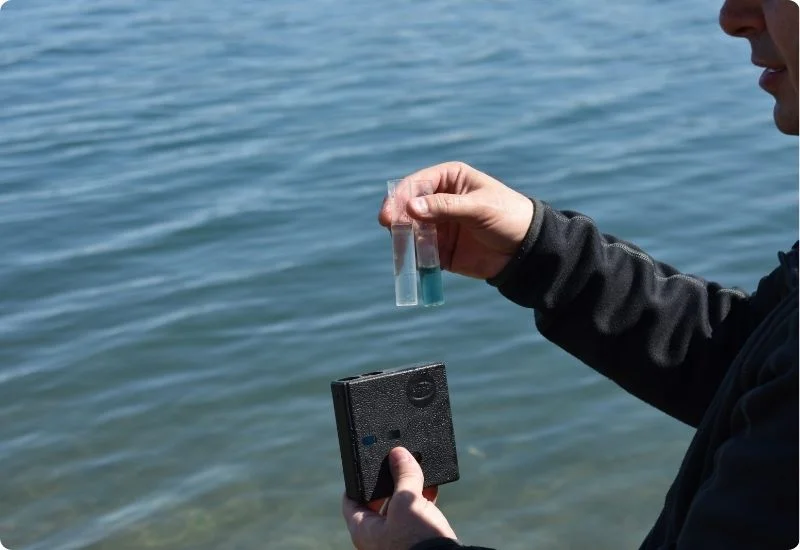
Water Parameters and Quality
Plant and Fish Species
The specific needs of your aquarium inhabitants also play a role. Some fish and plant species are more sensitive to water chemistry changes than others. Consulting guides or speaking with an aquarium expert can help you determine the optimal water change regimen for your setup.
For example, delicate species like Discus or Apistogramma may require more frequent, smaller water changes (25-30% weekly) to maintain stable conditions. Meanwhile, hardy fish like Guppies or Platies may thrive with less frequent, larger water changes (40-50% biweekly).
The 5-Step Water Change Process
With the right frequency and volume determined, you're ready to dive into the water change process. Follow these five straightforward steps for efficient, effective tank maintenance:
1. Prepare the New Water
Before you begin, ensure you have enough dechlorinated, temperature-matched water ready to refill your tank. Use a reliable water conditioner to remove chlorine, heavy metals, and other contaminants. Allow the new water to reach the same temperature as your aquarium for a smooth transition.
2. Shut Off Equipment
Turn off any electrical equipment like filters, heaters, and CO2 systems before starting the water change. This prevents damage and minimizes disruption to your tank's inhabitants.
3. Clean the Tank
Use this opportunity to perform routine maintenance tasks like scraping algae off the glass, trimming dead plant matter, and vacuuming the substrate. Removing waste and detritus will maximize the benefits of the water change.
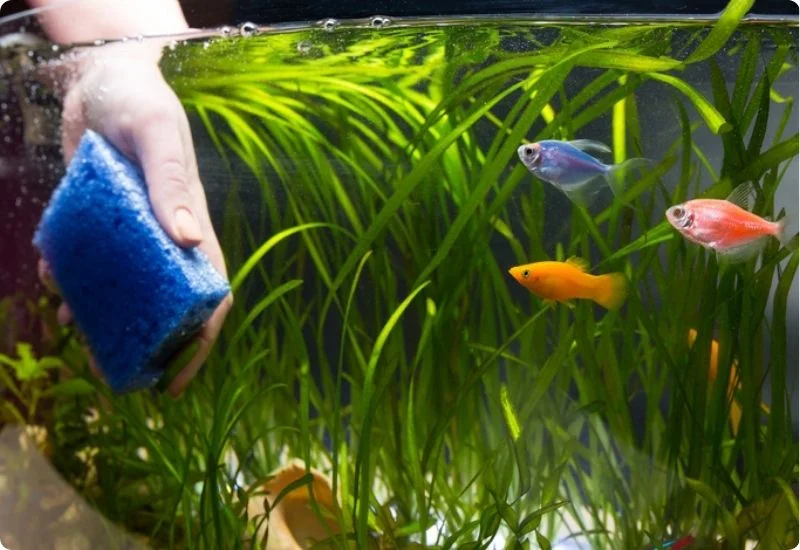
Clean the Tank
4. Siphon Out Old Water
Carefully use a gravel vacuum or siphon to remove the predetermined amount of water from your tank, depositing it into a clean bucket. Be mindful of your fish and avoid sucking up any inhabitants during this process.
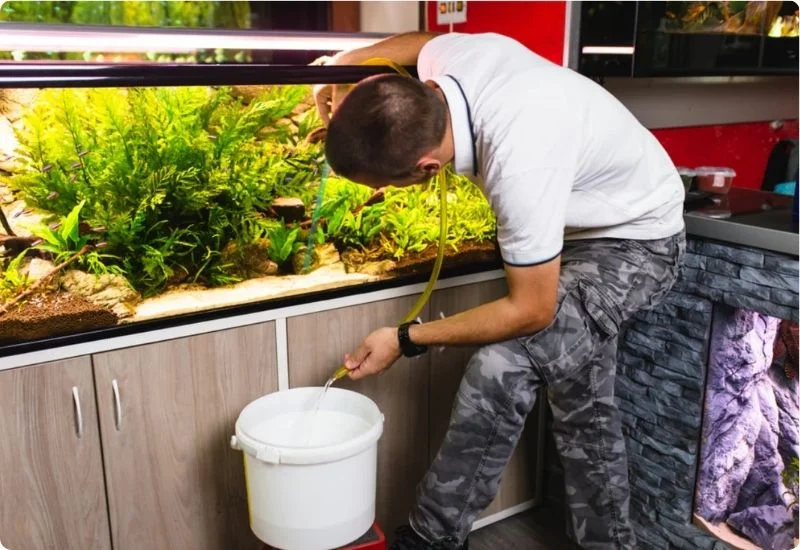
Siphon Out Old Water
5. Add New Water
Slowly introduce the fresh, dechlorinated water back into your tank, taking care to maintain a gentle flow. This gradual addition helps minimize pH and temperature shock to your aquatic life.
Once complete, you can turn your equipment back on and monitor your water parameters over the next few days. Make any necessary adjustments to pH, GH, or other levels to keep your tank's ecosystem thriving.

Add New Water
Optimizing Your Water Changes
To further enhance the effectiveness of your water changes, consider these additional tips and strategies:
Use a Water Testing Kit
Regularly testing your aquarium's water quality is essential for identifying and addressing any imbalances. Look for a reliable test kit that covers key parameters like ammonia, nitrites, nitrates, pH, GH, and KH.
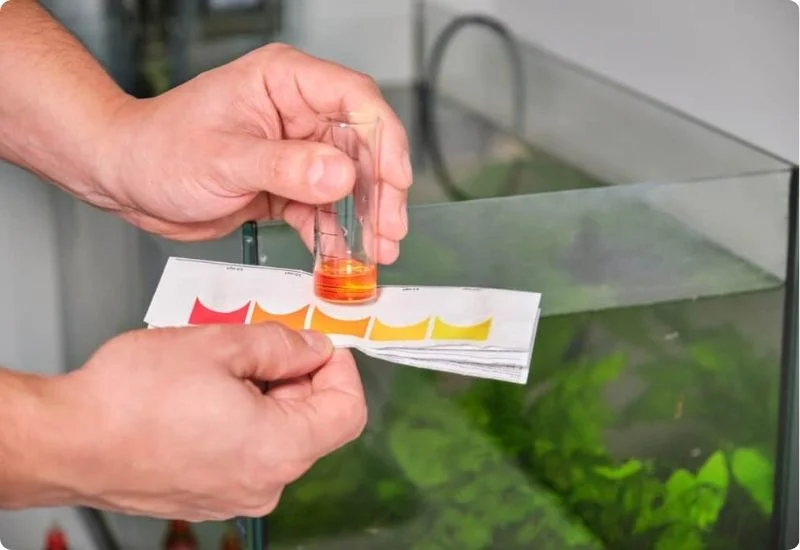
Regularly testing your aquarium's water quality
Treat Water with Specialized Products
In addition to a basic water conditioner, there are various specialized products that can improve the results of your water changes. For example, an anti-algae treatment or beneficial bacteria supplement can help maintain a healthy, balanced tank.
Monitor Temperature Closely
Drastic temperature swings during a water change can stress or even harm your fish. Ensure the new water matches your tank's temperature as closely as possible before adding it.
Establish a Routine
Consistency is crucial when it comes to water changes. Try to perform them at the same time each week (or every other week) to provide your aquarium inhabitants with a stable, predictable environment.
By following these best practices and staying vigilant about your tank's needs, you can ensure your water changes are as effective as possible. A well-maintained aquarium not only looks stunning but also supports the long-term health and happiness of your aquatic life.
Conclusion
Performing regular, properly executed water changes is a critical component of successful aquarium maintenance. By understanding the reasons behind this practice and implementing a tailored, consistent routine, you'll create an optimal environment for your fish, plants, and overall tank ecosystem to thrive.
Remember, every aquarium is unique, so don't be afraid to experiment and adjust your water change schedule as needed. With patience, attention to detail, and a commitment to providing the best possible care, you'll be on your way to aquarium mastery in no time.
Related Articles
How to Change Pond Water to Keep Your Pond Pristine
Maintaining a well-balanced ecosystem in your pond is all about keeping water quality in check. One ...
Key Factors for Healthy Pond Water Quality
Pond water quality is crucial for maintaining a healthy aquatic ecosystem that supports fish, ...
Vinegar and Ammonia: How to Safely Use These Household Cleaners
Vinegar and ammonia are two powerful and popular household cleaners used for a variety of tasks. ...
What Can Biological Filtration Do for Your Pond?
Biological filtration represents a cornerstone technology in both natural ecosystem management and ...
Why are Algae Blooms Bad? The Impact of Algae on Environment
Algae blooms represent one of the most significant challenges facing our aquatic ecosystems today. ...
What is Fungi? Exploring the Decomposers in Nature
Fungi represent a fascinating kingdom of organisms that includes approximately 144,000 known ...

